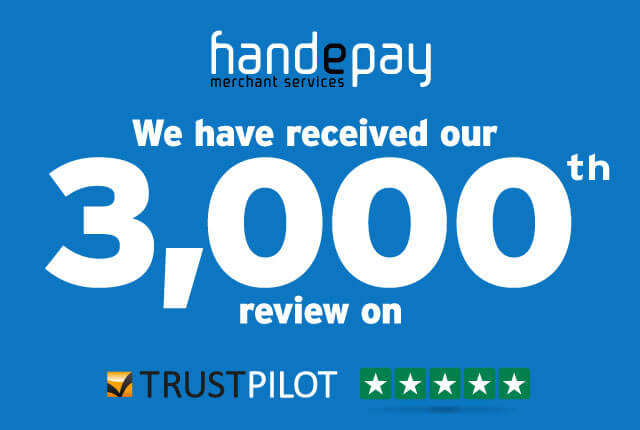Contactless is increasingly becoming as much a standard part of UK life for consumers and small businesses as email and mobile phones.
The simplicity and speed of transactions make it equally as attractive for businesses and consumers, alike.
Cash use is waning as only one in 10 people in the UK say they now use banknotes and coins once a month. Paying for goods and services with cards is becoming ever-more crucial, as is the requirement for retailers to provide the option to do so.
Many customers are now using their cards or phones for relatively small value transactions, where loose change would have been previously used. The adoption of technology accepting contactless payments on public transport is also part of the reason for this switch away from cash.
More than one in five (21 per cent) payments made by consumers last year were made with contactless cards, up from 16 per cent in 2017. Nearly seven in 10 (69 per cent) of adults across the UK now use contactless payments.
The overall trend from cash to contactless has been helped by the increase in the single payment limit on contactless cards to £30 in 2015, which has added to this popularity.
It’s become evident the British public adores card payments - both chip and PIN and contactless. More than 20.8 billion transactions worth £943 billion were processed this way in 2017.
Debit cards have overtaken cash as the preferred payment option since 2017, with 38 per cent of payments last year made by debit card, according to the trade association UK Finance.
Despite many stories predicting the death knell of cash, it’s not going away as quickly as the hype suggests. Whilst the figures are low - UK Finance reported that 10 per cent of consumers rarely used cash in 2018 - that’s still equivalent to 5.4 million people. Just four per cent of consumers say they used mainly cash for their spending (or 1.9 million people).
As Handepay is a business at the frontline of card payments and closer to trends than most, we take any predictions of a completely cashless society with a healthy scepticism.
For UK business owners, particularly small businesses, choice and ease of payment is everything. What is clear is that this option still exists in parallel to cash and not as a replacement for it.
While cash remains important for people in the UK where there are poor broadband connections, older customers are embracing contactless payments - with 61 per cent of over-65s now using it, an increase of 11 per cent since 2017.
For small and medium businesses, who’ve been urged to accept card payments, if your firm doesn’t have a strong or consistent broadband signal, it can lead to issues when attempting to process card payments (and this can be as equally frustrating from customers, too). Sometimes, the only option can be to accept cash payments, at least until the internet connection improves.
Businesses dealing with higher value transactions such as garages or restaurants prefer the convenience of not having to bank large amounts of cash each day or the security implications of storing cash on site. They would never turn away a cash customer, though.
As people move away from cash, some banks and ATMs are closing as people make the switch.
One thing’s for certain: while the UK is moving towards a cashless society, it will be some time before we go completely cashless.












